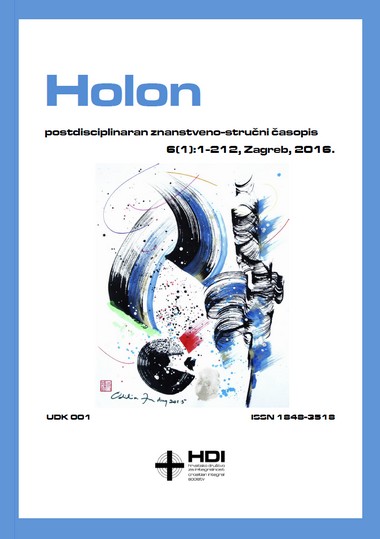Čekanje i nada: život mladih u Bihaću nekad i danas
Waiting and hope: The lives of young people in Bihać, then and now
Author(s): Vanja ČelebičićSubject(s): Human Geography, Culture and social structure , Social development, Human Ecology, Rural and urban sociology
Published by: Hrvatsko društvo za integralnost
Keywords: Bosnia and Herzegovina; waiting; agentive capacity; European Union; hope; youth work actions; young people; stuckedness
Summary/Abstract: The daily lives of citizens in Bosnia and Herzegovina, as well as prevalent commentaries on current political, social and economic affairs in the country, suggest that local people's day-to-day experiences are shaped by waiting – as both a condition and a practice. This article ethnographically explores and analyses how waiting became a central element in the experiences of young people living in Bihać, a town located in Bosnia and Herzegovina, near the border with Croatia. Importantly, this waiting, which in one way or another relates to personal (e.g., admission to university) and/or collective (e.g. European Union accession) “progress”, is defined and shaped by the deeds of others. I argue that one of the products of waiting is a sense that in the meantime each individual activity, or activity for the benefit of the collective, can be postponed, and legitimately so. While being a response to an overwhelming sense that waiting was consuming young people’s daily lives, the article also attempts to address, challenge and complicate the idea that young people in BiH are apathetic and indifferent to what is going on around them. Although the primary idea of the article is to examine and display experiences of young people who lived in Bihać during 2009–2010, the author also refers to the waiting experience of people who were in their teenage years after World War II. This “conversation” between older and younger citizens of Bihać is, at the same time, the product of ethnographic research as well as an indicator that waiting and hope in a given time are directly associated with narrower local and broader global contexts. The author argues that, in contemporary BiH, the experience of waiting among young people was primarily formed by an impression that hope – personal and collective – was geographically and temporally out of their reach. This impression was largely created by the sense that the everyday lives and the futures of BiH citizens were unpredictable. This unpredictability has created the impression among many young people that their “agentive capacity” (Greenberg, 2011) was limited and that, in fact, they were stuck. This sense of “stuckedness” (Hage, 2009) is linked to both the collective political, social and economic situation in BiH, as well as to all sorts of other uncertainties that concerned daily and often more personal tasks or aspirations. Meanwhile, the sense of “stuckedness” gave the impression that the only thing one could do is wait.
Journal: Holon
- Issue Year: VI/2016
- Issue No: 1
- Page Range: 48-76
- Page Count: 29
- Language: Croatian

